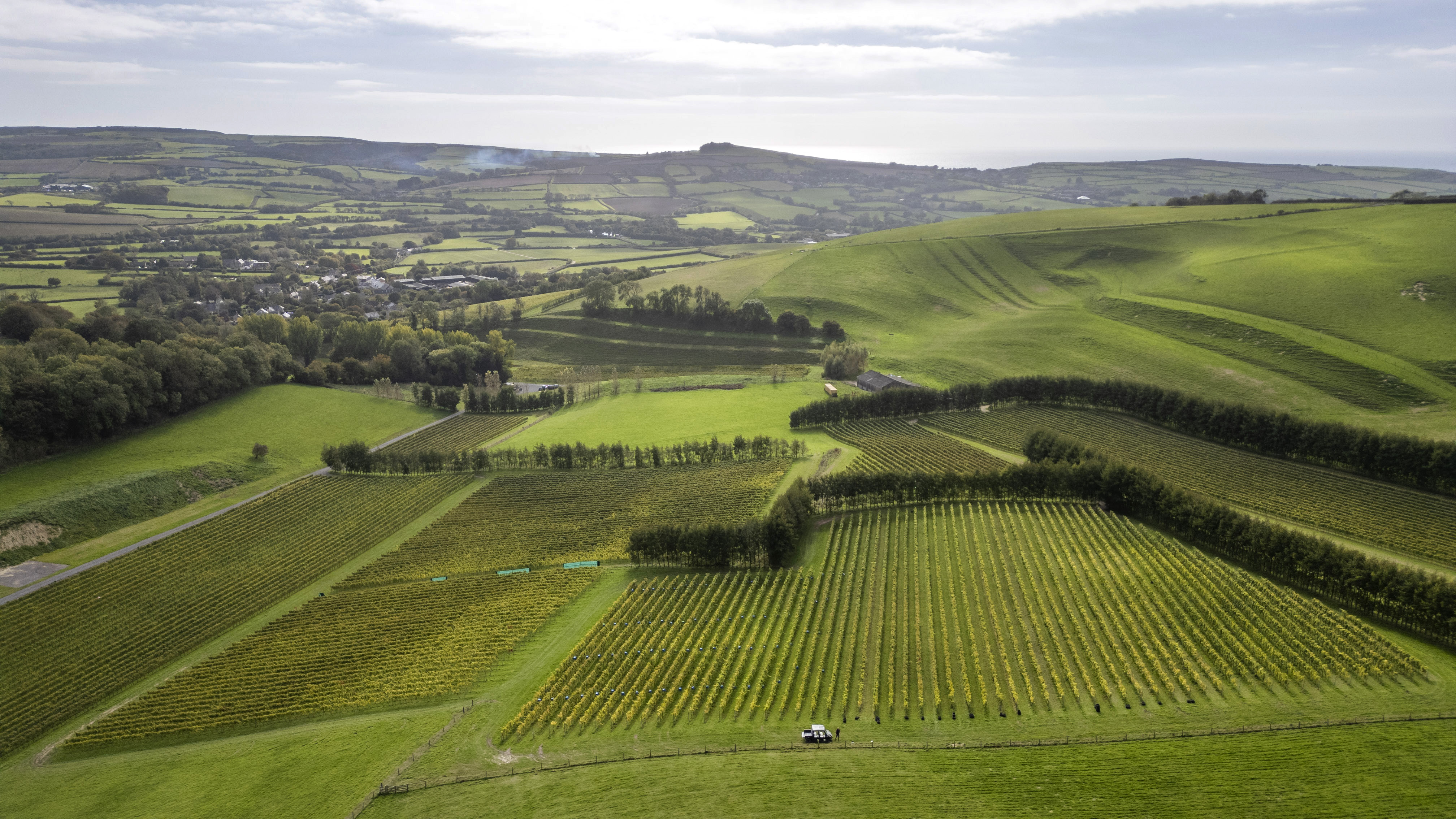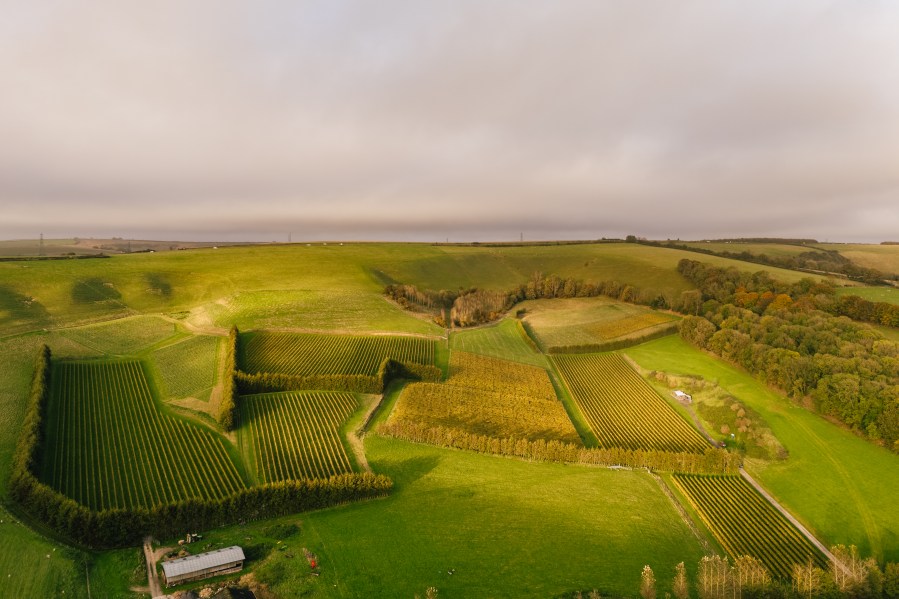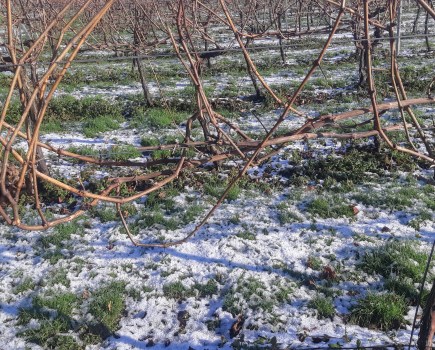The story of Bride Valley starts like most vineyards with the soil. The soil in question however was a handful given to some of the greatest viticulturists in Europe.
A small sample of soil from Dorset was given by Stephen Spurrier to a group of experts who after an inspection all universally declared it must be… from Champagne. Stephen who famously held the 1976 blind tasting which is now known as the ‘Judgement of Paris’ had once again provided a revelation. Look beyond the traditional and exceptional is within reach.
Bride Valley was planted in 2009 by Stephen and Bella Spurrier on a beautiful site at Litton Cheney about 20 miles from Lyme Regis. The vineyard is located in a secluded spot but is well signposted from the main A35. This easy to reach location is perfect for the vineyard to highlight the wonders of the English wine scene to the many visitors who come every year to visit the beautiful Jurassic Coast.
Alasdair Warren, current owner of Bride Valley, planted 1.5 hectares of vines on a site near to Bride Valley in 2018. This was a fulfilment of a promise to his grandfather, who had started an award winning cider business almost 100 years before, to bring cider and other fruit growing back to the farm. “There are parallels in that there is just one shot to get both cider and wine right. My Grandfather said that the secret to award winning cider is great fruit and cleanliness and the same is also true for wine,” said Alasdair.
“Steven and Bella were my neighbours,” continued Alasdair who had been involved in local businesses including a wine shop and pubs as well as the preservation of a local art deco era cinema and events venue. “From 2019 onwards Steven and Bella were not only regular visitors to my pubs and wine shop but we also started to discuss the business of wine and all the ups and downs that come with that,” said Alasdair with warmth. It is easy to see why Bella trusted Alasdair with Bride Valley Vineyard after the sad death of Steven in 2021.
“I was aware that the commercial production of grapes required a certain size of production and Bride Valley was a perfect fit. I feel that 75,000 vines is the right number for a single estate boutique vineyard, once a vineyard goes beyond 100,000 vines the ethos of the business has to change,” he said.
Bride Valley Vineyard is planted in a chalk bowl and when first arriving at the vineyard the sight of vines rising up on the gentle slopes in every direction is quite breath taking. The dramatic Iron Age site gives a sensation of Alice in Wonderland as if you have shrunk and the vineyard has become the entire world. (Considering the A35 is only a few minutes away this is an impressive achievement.)
The vineyard is planted with Chardonnay, Pinot Noir and Pinot Meunier with Chardonnay by far the largest part of the planting at around 60% of the entire vineyard. “The soil here is the distinguishing feature and as you would expect Steven chose rootstocks and clones that were well suited to the soil and he planted heavily with Chardonnay in order to produce Blanc de Blancs along with the wine unique to Bride Valley, the Dorset Crémant,” said Alasdair.
“Bride Valley have a unique certificate allowing the production and sale of Dorset Crémant, the only such product of its kind grown in the UK,” explained Bride Valley Event and Tours Manager Anna Carey who has been with Bride Valley for two years.
Steven Spurrier was so well known amongst the international wine community that it was possible for him to achieve the seemingly impossible feat of procuring permission for the use of the term Crémant for a wine with grapes grown in this amazing chalk bowl only a few miles from the coast in the county of Dorset. Drawing comparisons to the unique nature of this situation is extremely difficult so much so that such permission is unlikely to ever be granted again.
The Crémant is bottled at a lower pressure than other traditional method sparkling wines therefore creating an entirely different mouthfeel and drinking experience. The Dorset Crémant was launched as a way to introduce high quality traditional method wine available at an affordable price and with a price point of £32 it remains faithful to its ethos.
Other sparkling wines at Bride Valley include the Blanc de Blancs, Bella Sparkling Rosé and the Brut Reserve 2018 which received a Gold medal at the IWSC and was one of those wines selected for the WineGB Golden Fifty for 2025. Still wines come in the form of Dorset Chardonnay and Dorset Pinot Noir both currently reflecting the excellent 2022 harvest. “Awards are critical,” said Alasdair. Across the entire range the wines have won numerous awards from various competitions. “The truth is most consumers buy wine based on their perception of quality and awards help not only by providing some context for consumers but also help to ensure that world leading wine experts write about the wines,” added Alasdair.
Nikki Gallagher, Commercial Director at Bride Valley explained that the 2018 Brut Reserve had a little extra lees aging than might normally be expected and the resulting wine is extremely special. The 65% Pinot Noir, 35% Chardonnay wine was made possible by an excellent vintage in 2018 “we made life harder for ourselves by producing this wine but it is so precious and we are delighted that it is winning awards,” Nikki said.
The tasting notes for the Brut Reserve highlight a subtle but important ethos that is shared by everyone connected to Bride Valley. The food pairing recommendations include local caught seafood or asparagus galette and every opportunity is taken to incorporate the wines into the local area. Dorset has much local produce to savour from traditional cider making and cheese to the rusk like Dorset Knob biscuits and Bride Valley is actively working to make sure that local produce is showcased and championed at every opportunity. “Eat Dorset, Drink Dorset,” is the message Alasdair wants to convey.
This ethos was on display in July 2025 when Alasdair married Anna Timone on the eighth anniversary of their very first meeting. “We only offered our own wines and we were able to pair them with our own produce, nothing gives greater pride than cracking open a bottle of wine and your friends and family saying, wow,” said Alasdair with a smile.
The harvest for 2025 was the first at the vineyard for Mark Wilson, the Vineyard Manager at Bride Valley. Having come from a vineyard in Kent after making a career change from the finance sector Mark is clearly passionate about working with the vines. “I love the cycle of the vines, because it is different every year whilst also being the same,” he said with emotion in his voice. In line with this appreciation of the life cycle of a vineyard Mark highlighted pruning as his favourite vineyard task.
The vineyard at Bride Valley utilises the Simonit pruning method. Alasdair drew comparisons between the south west of England and other climates such as South Island of New Zealand and northern coastal parts of the Sonoma Valley. “We make wine in a marginal climate and that means there are things that are out of our control, so you have to identify the things that you can control and work hard on those,” he said. The vineyard team at Bride Valley are all really passionate about what they do and have received training from Marco Simonit and Tito Sordi from Simonit&Sirch to master the sympathetic pruning method. “There is so much logic in the method,” said Mark who has a team of six that undertake the vineyard tasks in house.
Discussing harvest 2025 Mark explained that the total harvest figures were 33 tonnes, which is more than double the 16 tonnes harvested in 2024 but still far below the record breaking 80 tonnes in 2018. “The Pinot Noir and the Pinot Meunier performed well in 2025 and the weather was perfect all through the season.” To illustrate the point Mark produced rainfall figures from the weather app used by the vineyard. From 1 June – 17 October 2025 the rainfall was 259.6mm, compared to the 448.1mm of rain for the same period in 2024 “In 2025 the rain arrived three weeks before harvest which was great timing,” said Mark. The chardonnay has also performed well in 2025.
The vineyard usually aims for oechsle measurement in the mid 70’s but this year have achieved an exceptional 85 oechsle. For the first time Bride Valley will make a single block wine from an impressive Chardonnay block that has outperformed the rest of the vineyard. As sugars increase this can put pressure on the vineyard to ensure that the acidity levels do not drop out of balance and the care taken at Bride Valley has ensured that balance was well maintained right through to harvest. “The clonal varieties are Burgundian clones such as 76 and 95 and the acidity was fine,” said Mark. The rootstocks are a mixture of 41B and Fercal and so the vineyard is focussed on the management of vigour. The site with its bowl shape can be prone to humidity, “low cloud can sit over the vineyard,” said Mark and the main defence against the associated issues this can cause is canopy management so leaf stripping in the fruiting zone is a continuous process throughout the season.
At the end of the season just before pruning was scheduled to begin Mark said: “Flowering 2025 was excellent and the basis is there for an excellent 2026 so there is every reason for quiet confidence.” There are still the vagaries of the English climate to contend with and the well documented issues of chalky soils making iron difficult for the vines to access but Mark has this covered by implementing a spring schedule to cover the whole vineyard on a block by block basis checking and rectifying any iron deficiencies that might be found.
The vines are at the centre of everything at Bride Valley and tastings are held in a designated area in a covered marquee only a few feet away from the vines themselves. There is nothing in the setup that encroaches on the wonderful feeling of harmony that captivates the visitor holding them suspended from reality throughout the entire experience. “We want the tours and tastings to be all about the vines and we are off grid which is important to the ethos of what we do,” said Nikki. The tours are conducted by Anna Carey who trained as a winemaker at Plumpton College “I really enjoy the interaction that happens when I take the tours,” said Anna and it is clear that she is passionate about wine education.
Bride Valley relies heavily on a direct to consumer model with locals being able to take advantage of free delivery and Dorset itself offers many wonderful food festivals and events which also allow the team to interact directly with their consumers. The tours are also a major part of this model and with a 10% discount as an incentive Anna explained that a tour party of 14 people have been known to spend over £1,000 on wine.
Taking a tour with Anna it would be impossible not to be engaged, her extensive knowledge is coupled with a commitment to make wine accessible simplifying the language around wine and demystifying the atmosphere. “I often have a visitor who may have received the tour as a gift and they are not really engaged at the beginning but by the end of the tour they are asking questions and having a really great time.”
The vineyard tours start with a welcome drink (so that people are not waiting for that part of the experience) and then finish with a four wine tasting experience. “The Dorset Pinot Noir is often a revelation to many big red wine drinkers offering notes of raspberry, vanilla and peppercorn,” said Anna with pride.
The tours cost £25 and take place every Saturday from April to September. The reasonable price point has ensured the tours have become extremely popular not just with visitors from the UK but also those from wine producing countries such as France and New Zealand as well. The world renowned fossils of the Jurassic Coast attract many visitors to the area and the vineyard is perfectly situated to showcase the fantastic work of English viticulturists. The vineyard does not neglect the locals. “Since Covid-19 more people want to know what is located on their doorstep and we also hold a picnic in the vineyard – this family friendly event helps to keep us connected with local people,” added Anna. The vineyard also allows the local community of Litton Cheney to walk through the vineyard and Bella Spurrier is often spotted walking her dog through the vines.
In the future there may well be new varieties introduced to Bride Valley, with Alasdair expressing an interest in PIWI varieties. “The really interesting thing about English and Welsh wine is that there are no constraints and so many winemakers are willing to experiment. A perception that a wine is unknown brings the freedom to create something new,” said Alasdair with enthusiasm in his voice. One thing is certain, whatever vines are planted, whatever wines are made the team at Bride Valley are determined that every single bottle produced will be the very best reflection of everything that has gone before so with this ethos the future looks very positive indeed.
Instead of feeling the pressure of the history and heritage of Bride Valley Vineyard Alasdair and the team, Nikki, Mark and Anna, have an air of infectious enthusiasm. Whilst the history of the vineyard has made Bride Valley unique, its future will be equally exciting. A deep connection to the area is an intrinsic feature of Bride Valley to the point that you want to linger just a little longer soaking in the atmosphere. A visit to Bride Valley is just as refreshing as a glass or two of their excellent award winning wines.
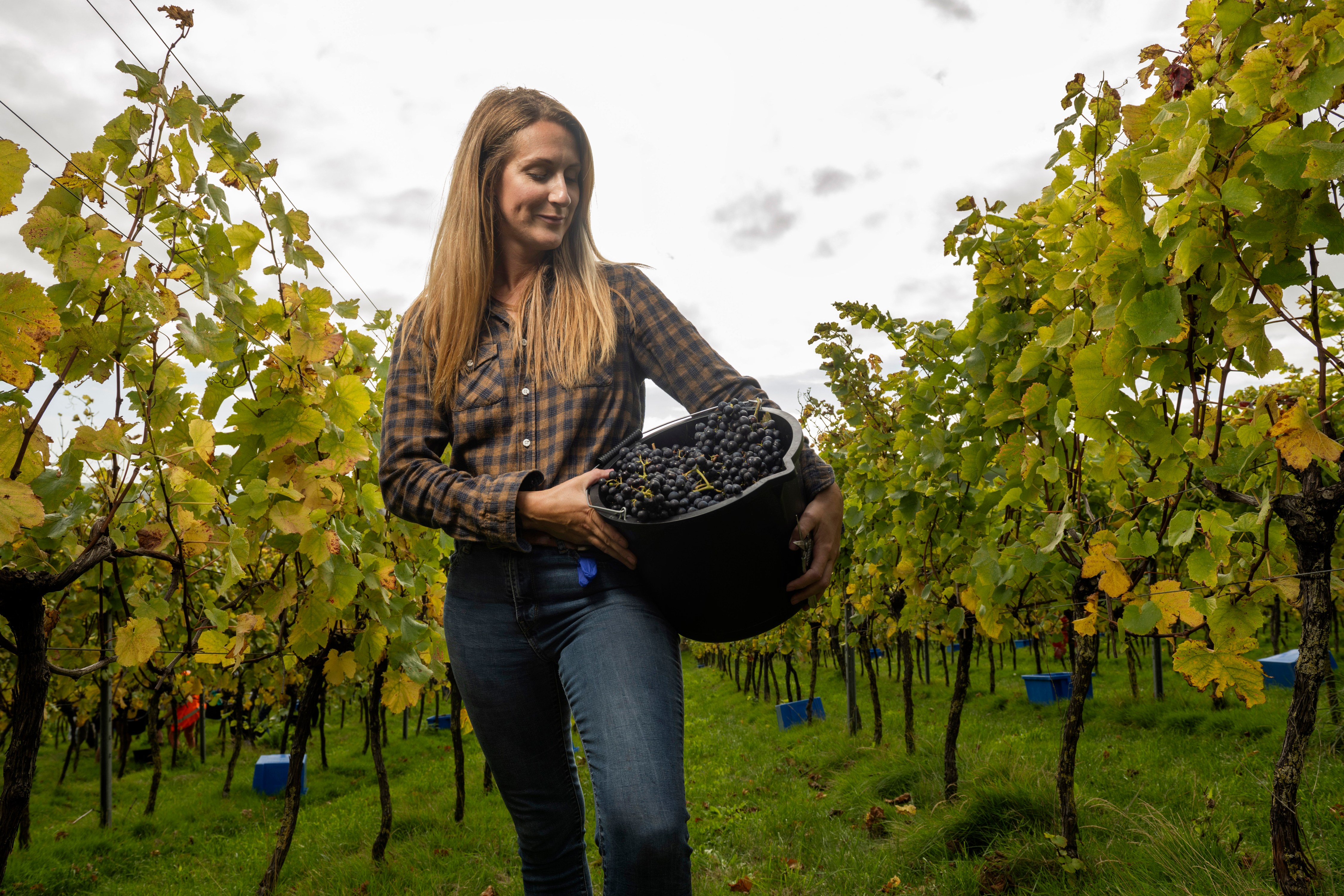
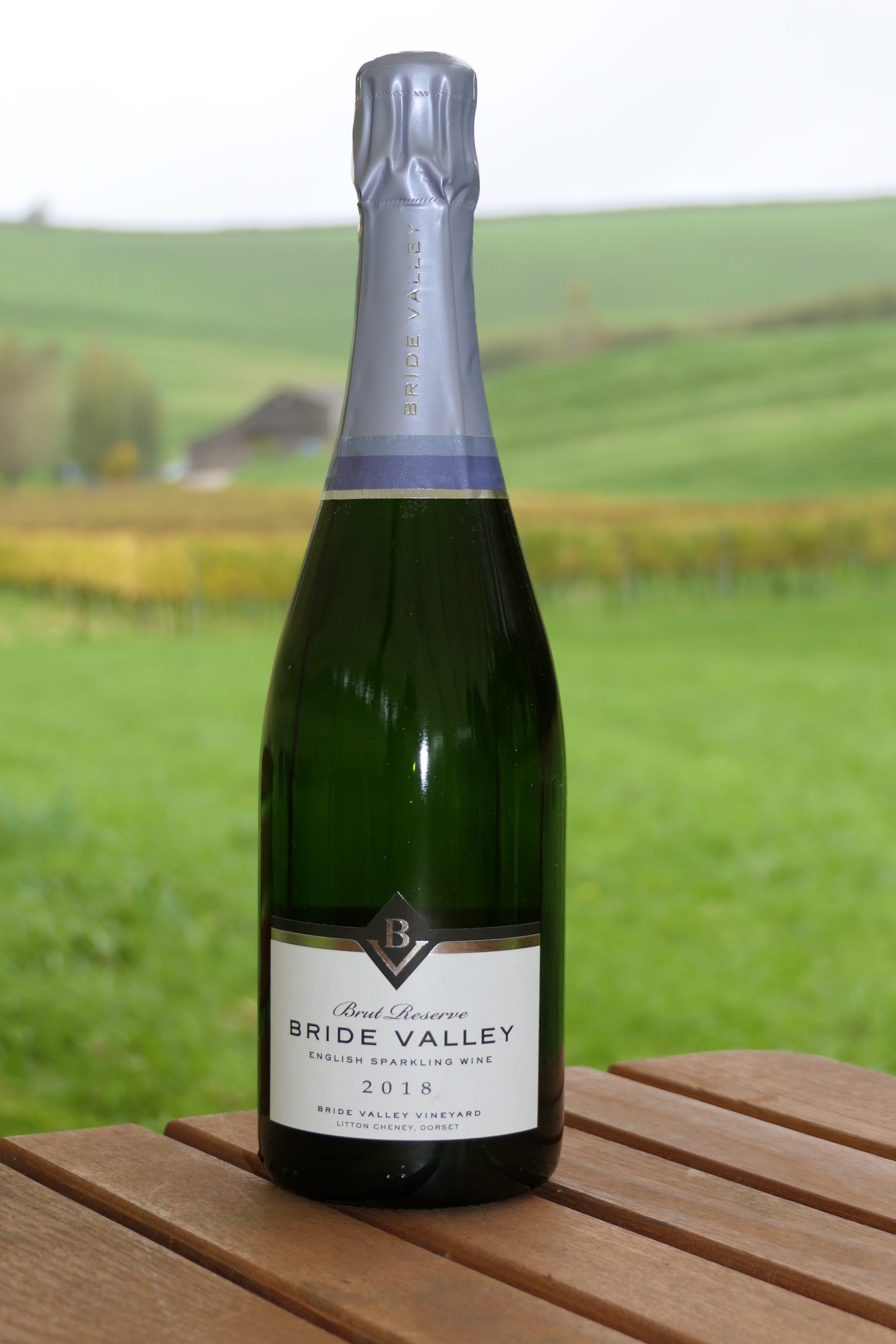


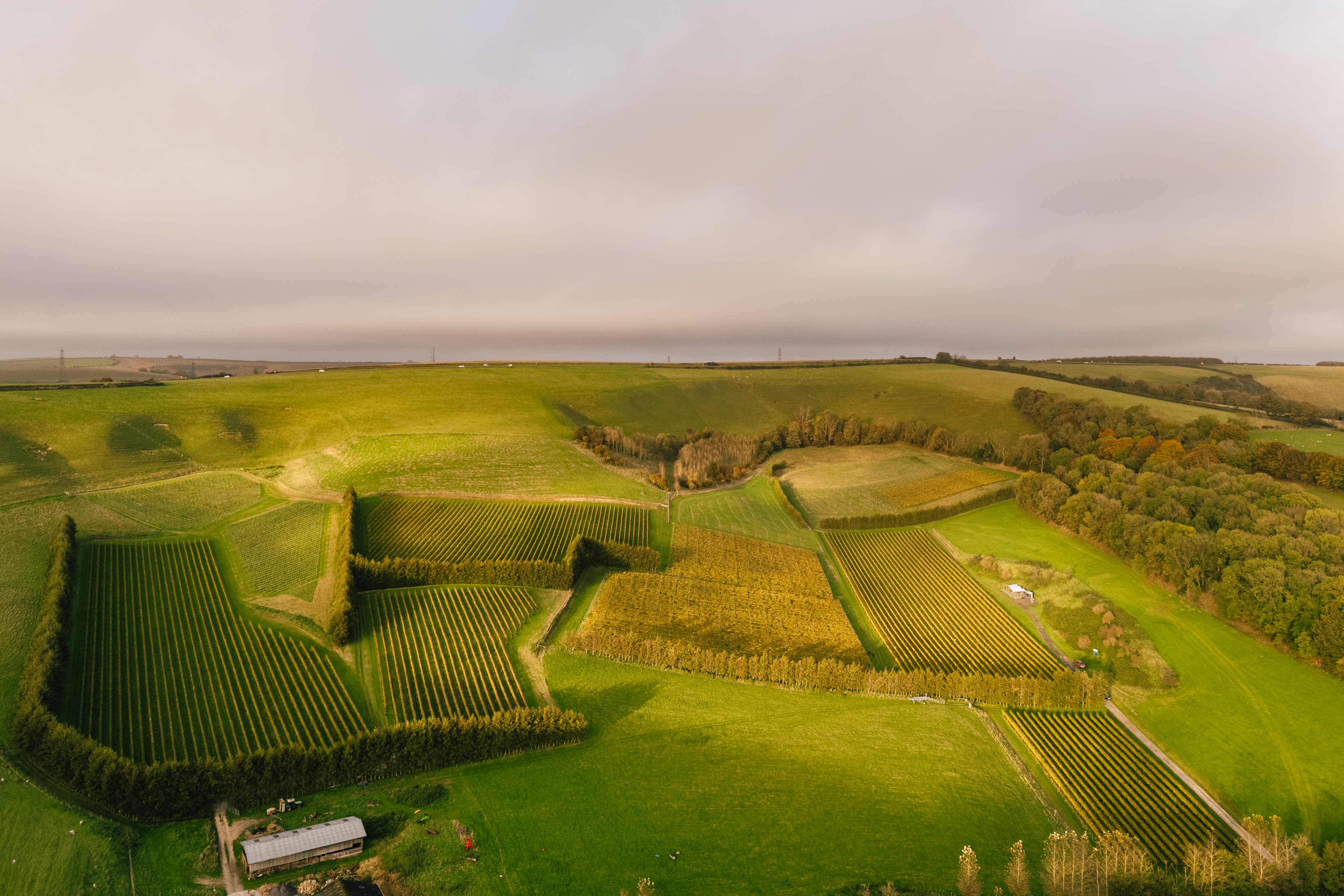
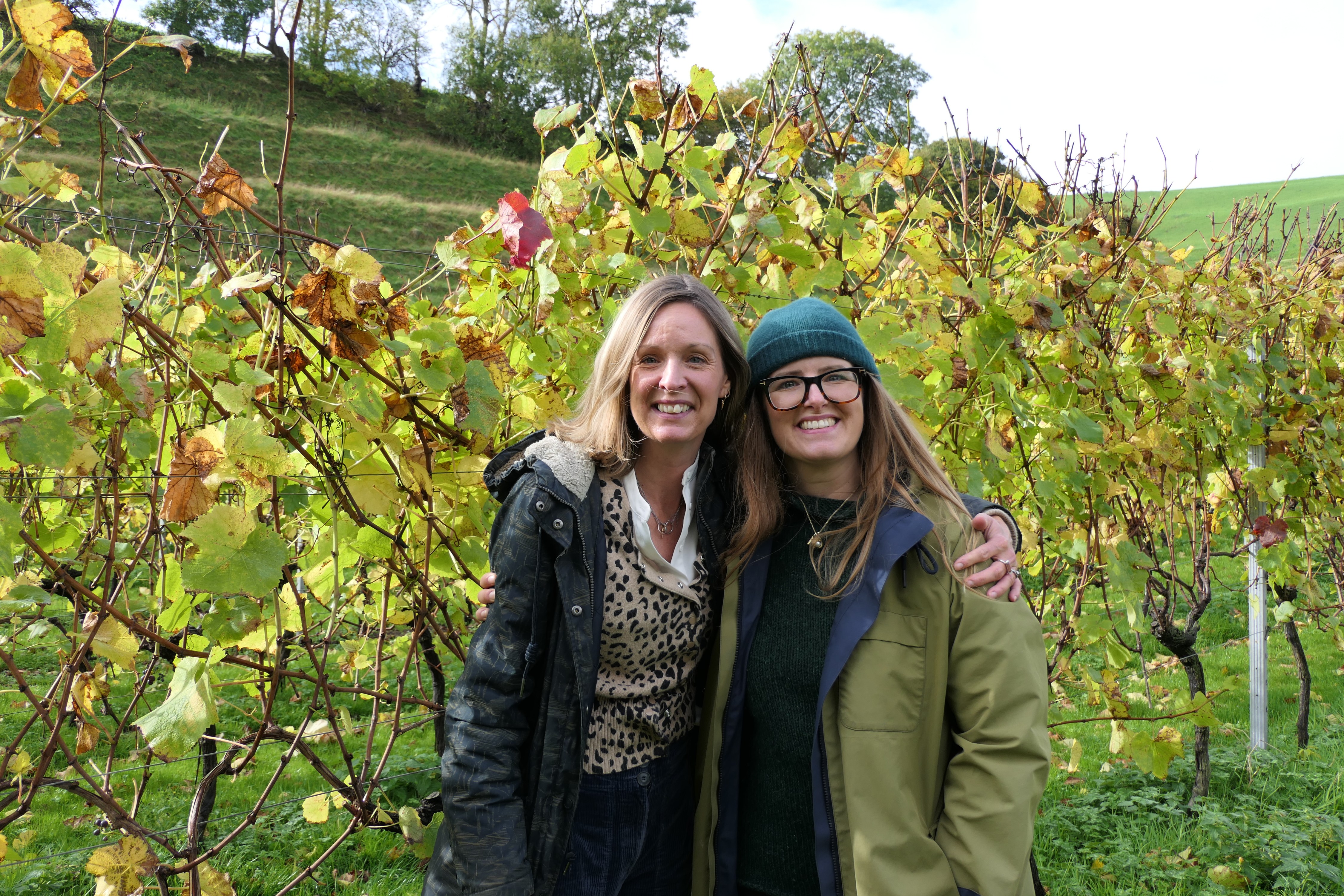
Anna Carey and Nikki Gallagher
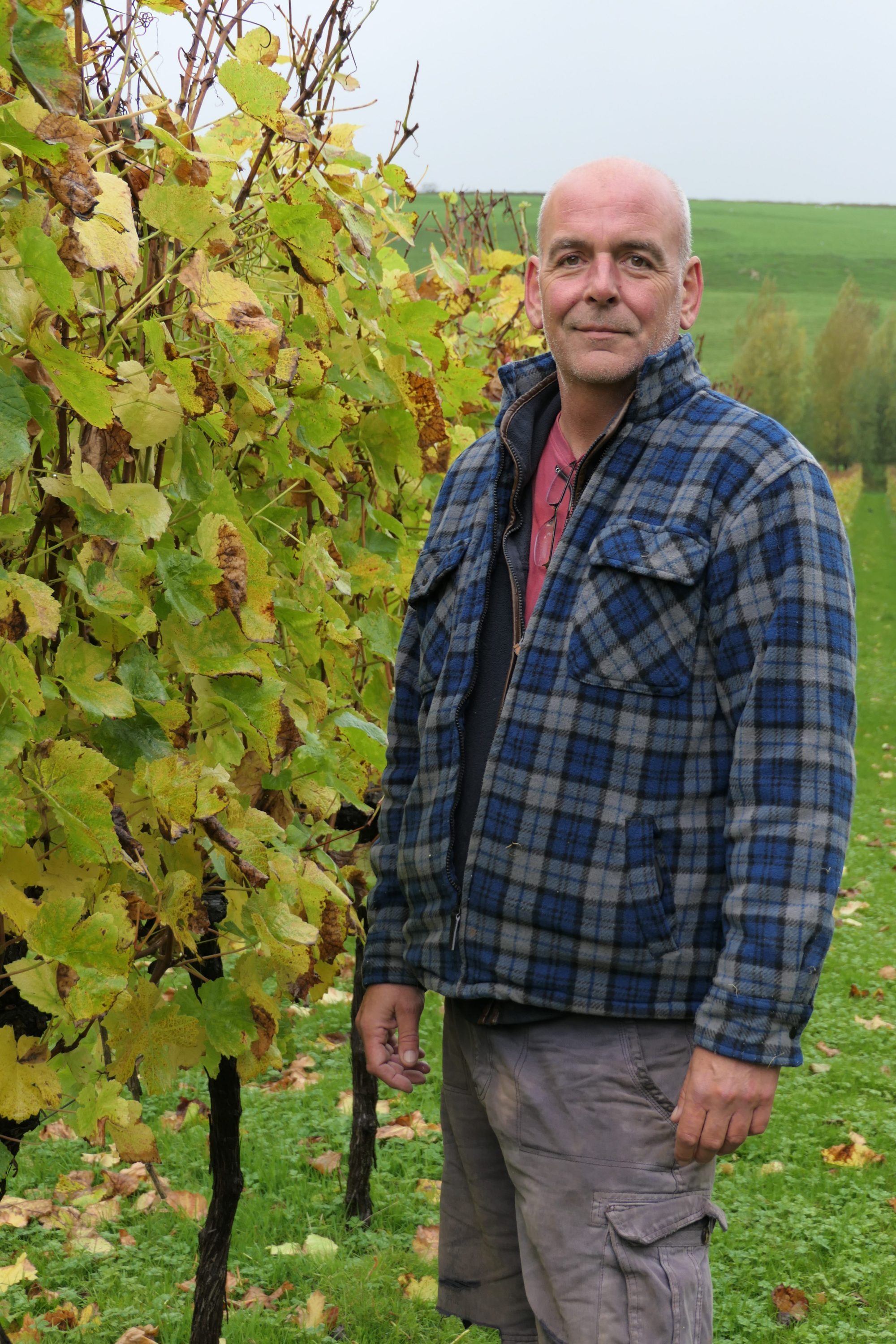
Mark Wilson, vineyard manager
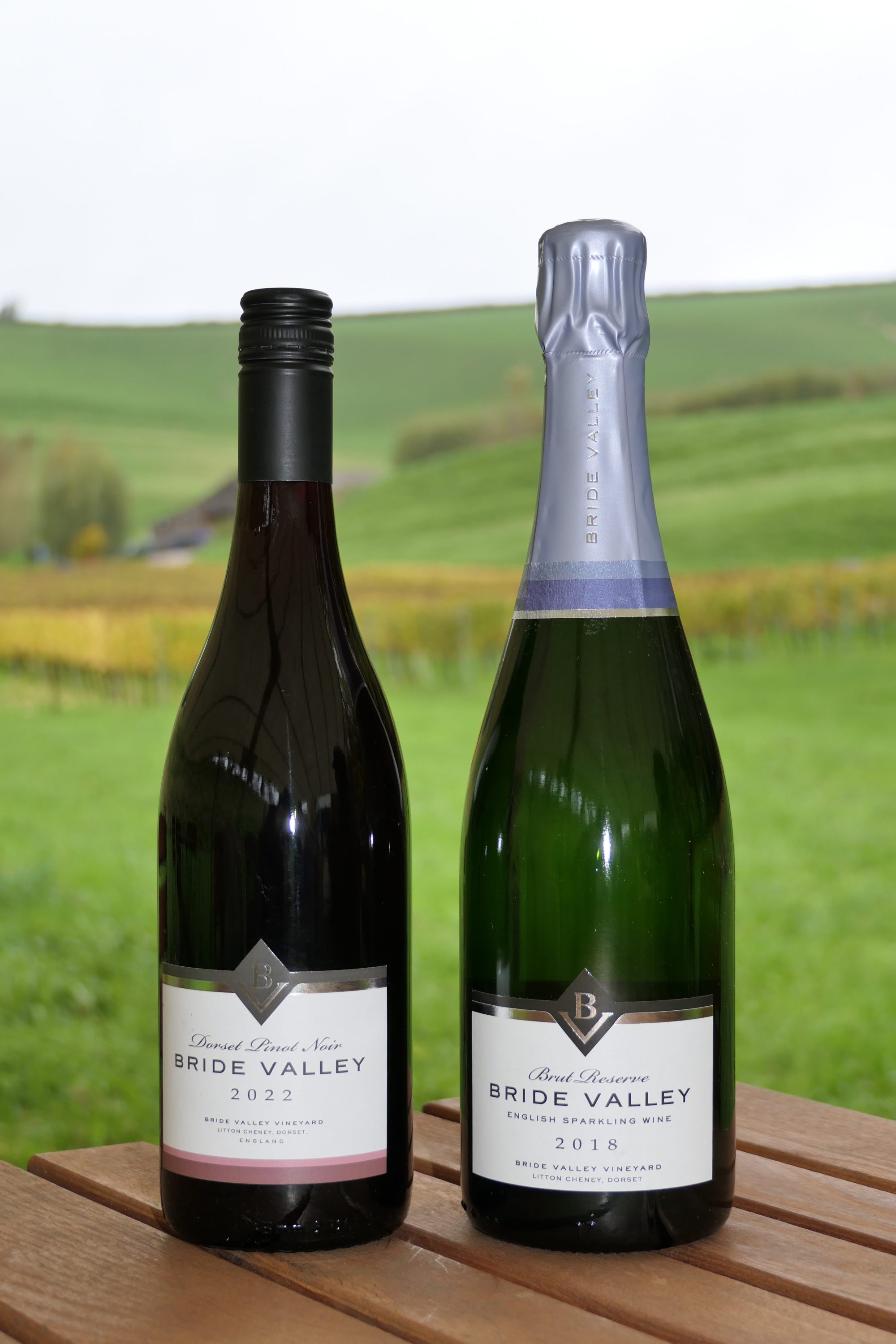

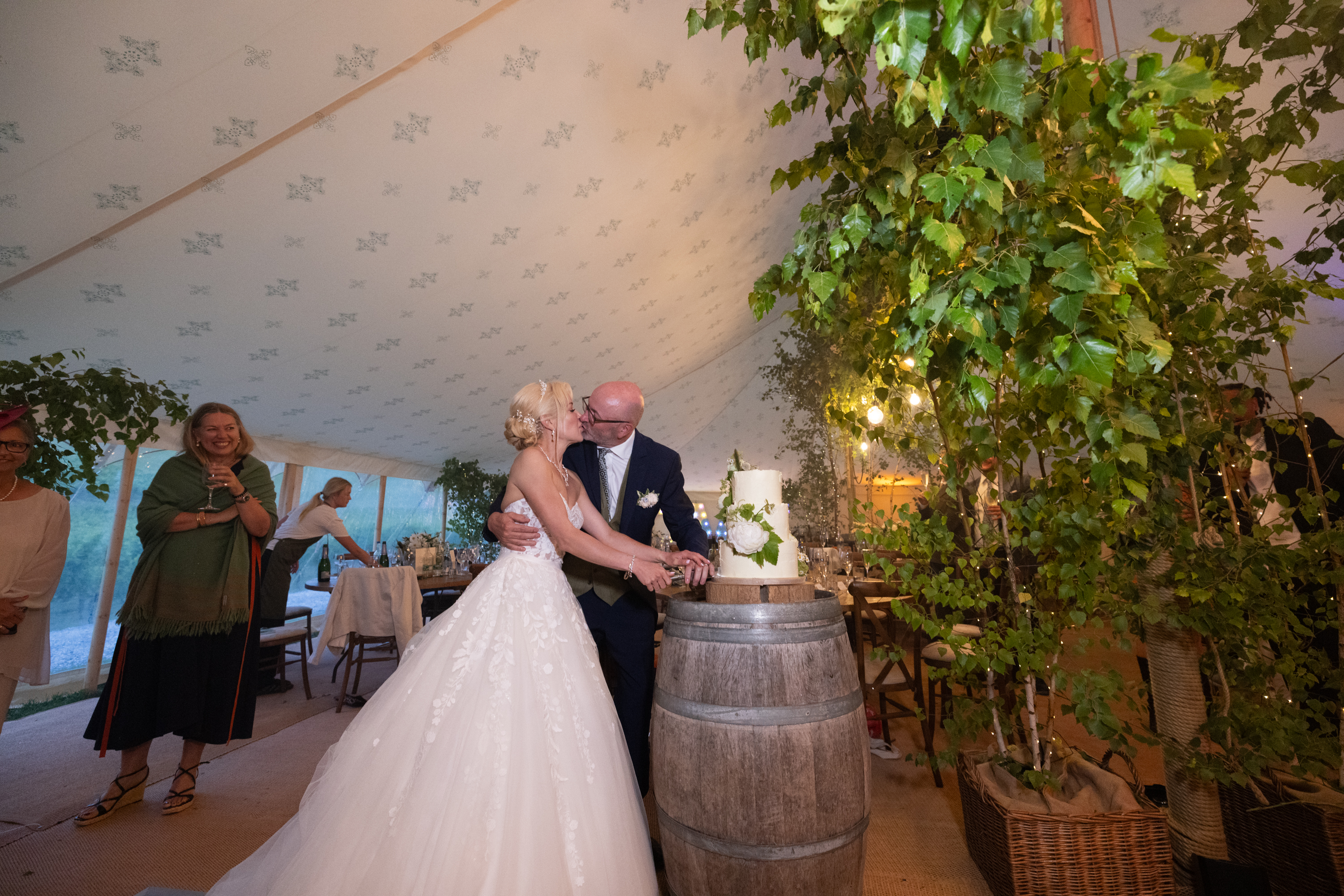
Alasdair Warren and Anna Timone were married at the vineyard in July 2025
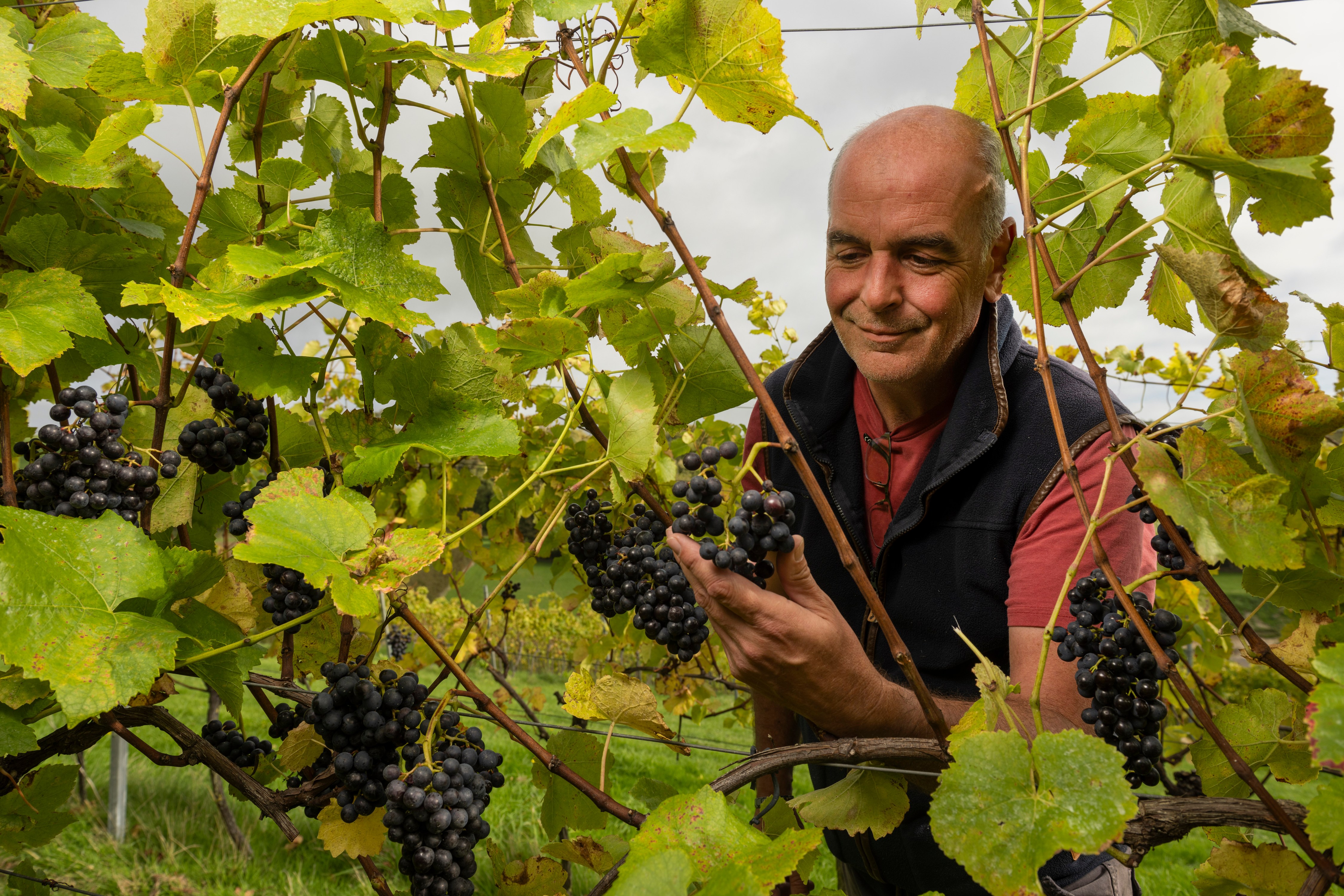
©Zachary Culpin
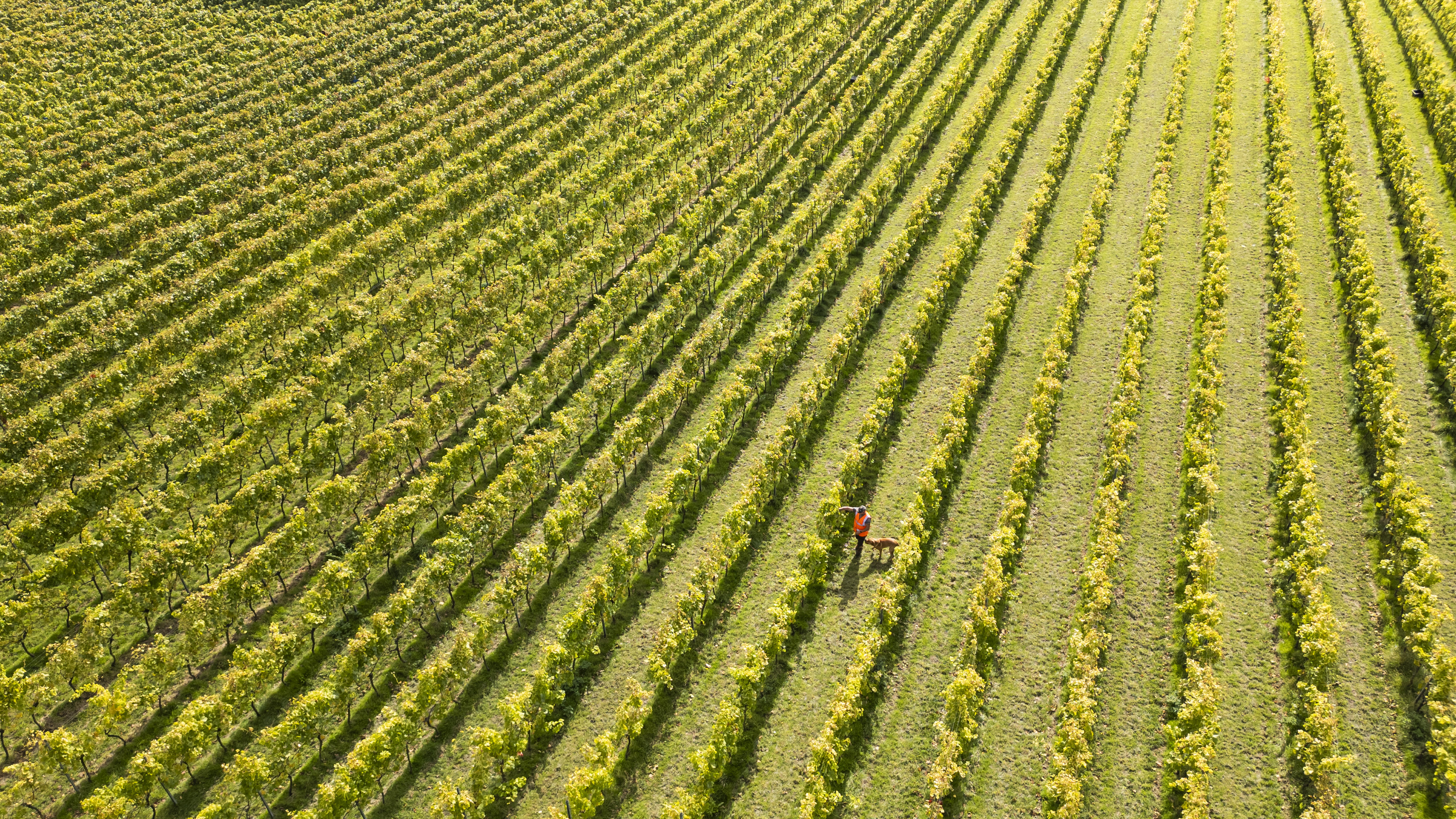
©Zachary Culpin
